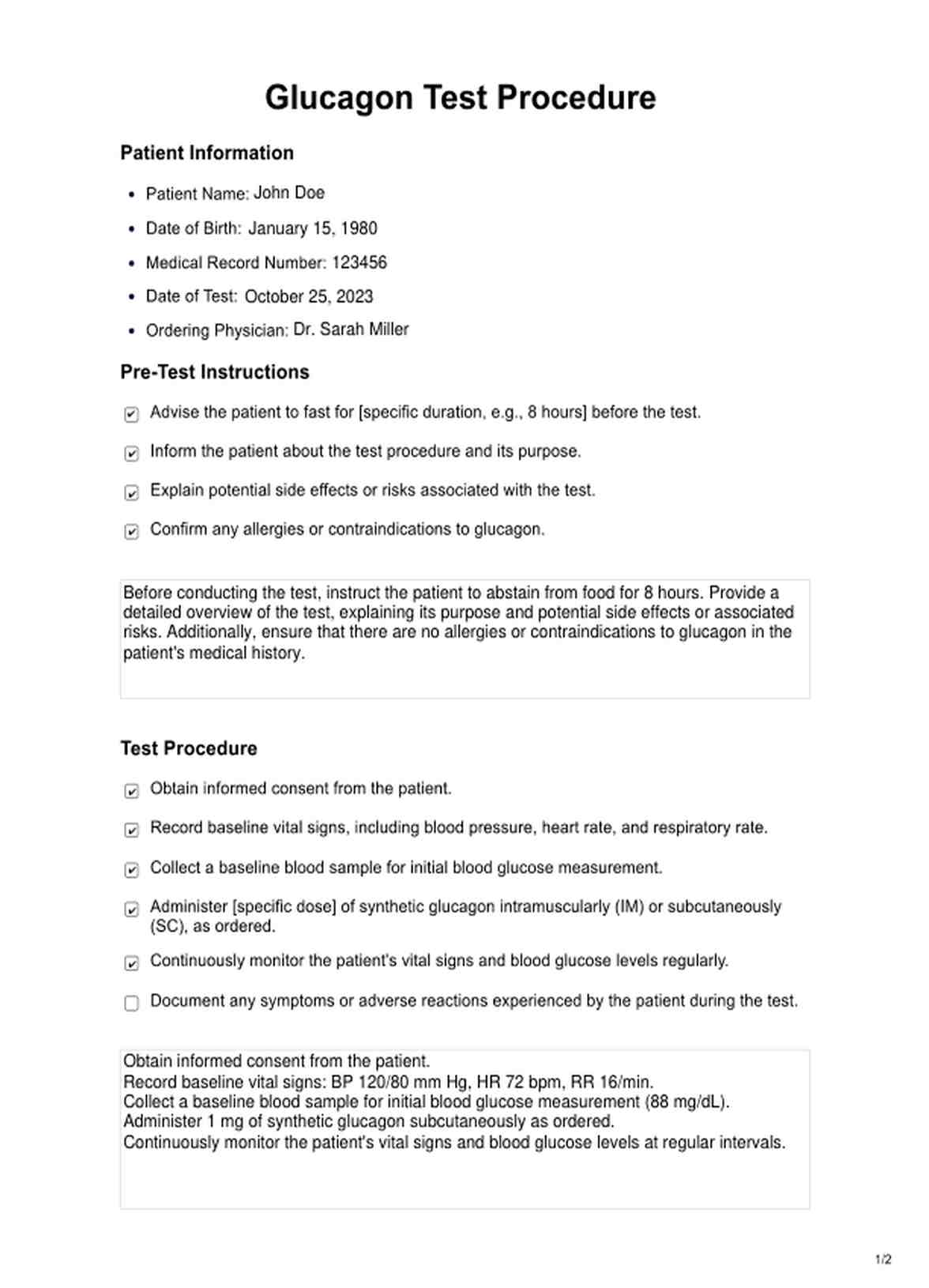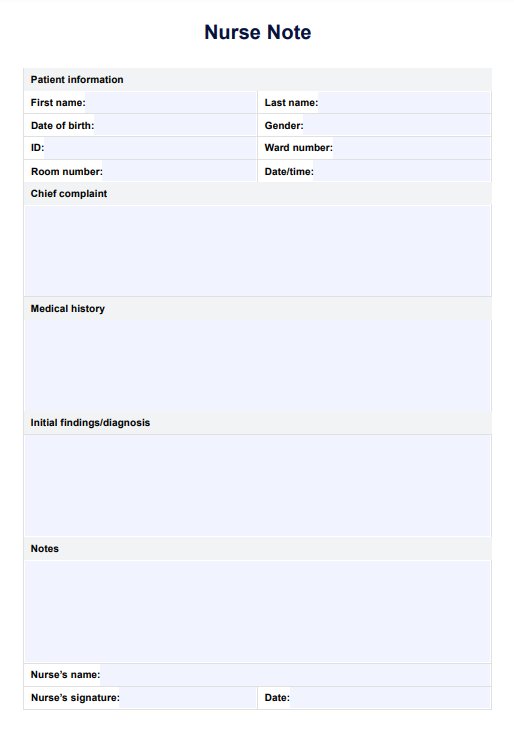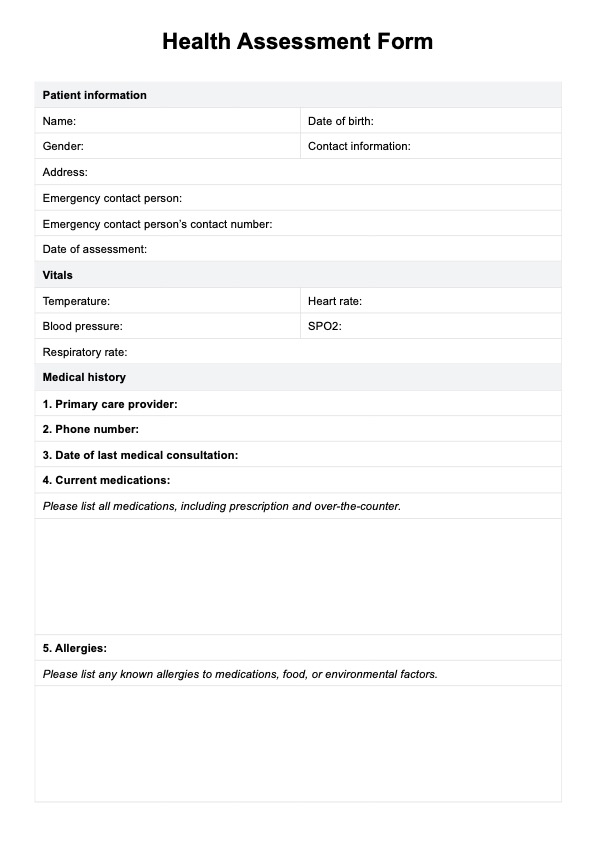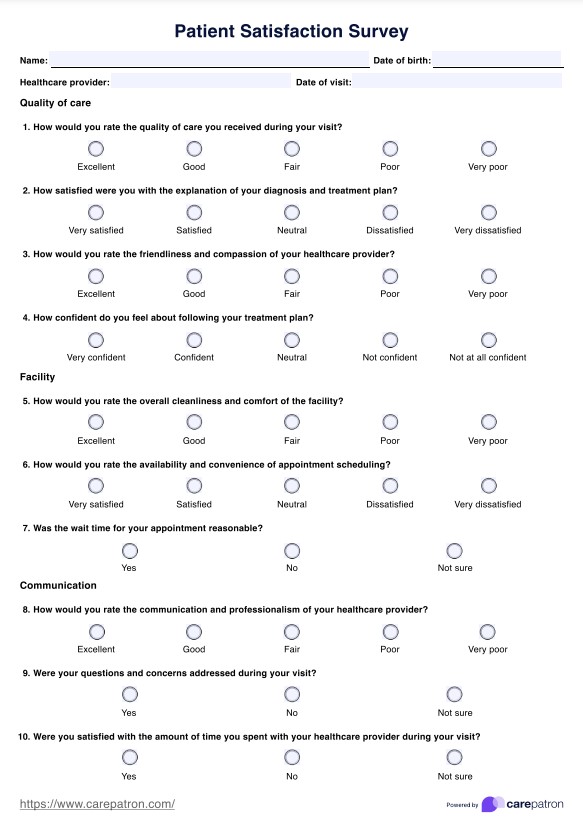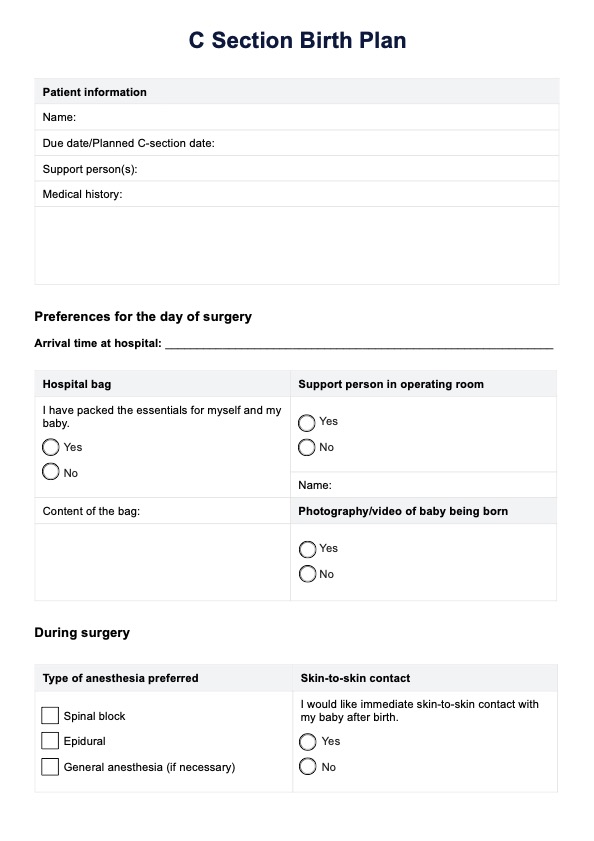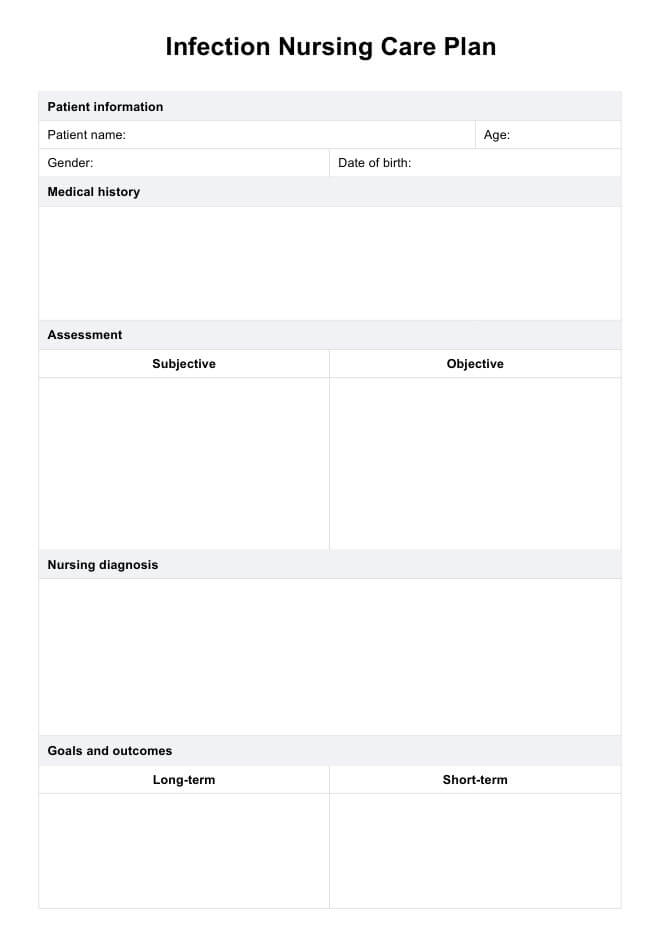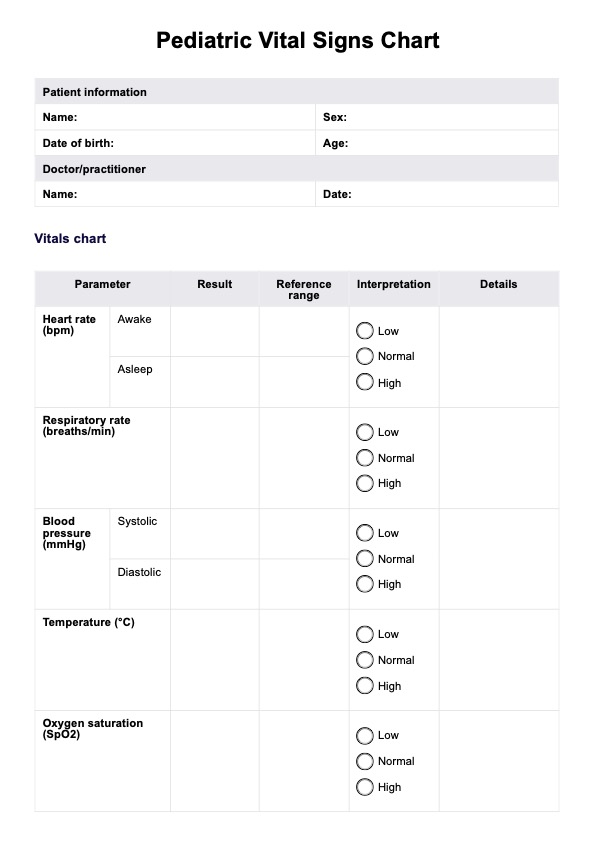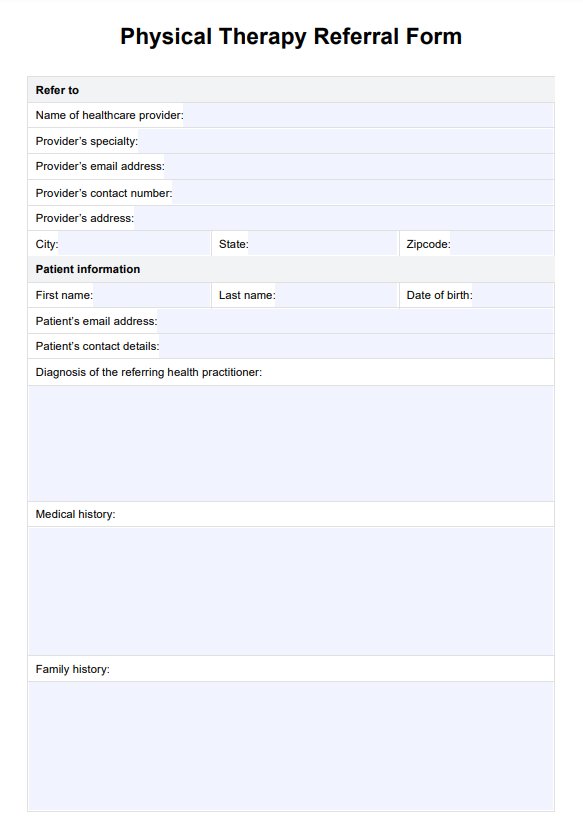Glucagon
Learn about the Glucagon Test - a vital tool for diabetes and insulinoma diagnosis. Find out how it's used and what the results mean.


What is a Glucagon Test?
A glucagon test, also known as a glucagon stimulation test, is a medical diagnostic procedure used to assess the functionality of the pancreas, particularly the alpha cells in the islets of Langerhans, which produce the hormone glucagon. Glucagon is a critical hormone that plays a crucial role in regulating blood sugar levels in the body, acting in opposition to insulin.
The test is primarily employed to investigate disorders related to glucose metabolism, most notably diabetes. It helps healthcare professionals determine whether the pancreas can produce glucagon appropriately in response to low blood sugar (hypoglycemia). The procedure involves administering a synthetic form of glucagon, usually through an injection, to stimulate the release of glucose from the liver into the bloodstream. This results in a rapid increase in blood sugar levels.
The test is typically conducted under controlled conditions, often in a clinical setting or hospital, to closely monitor the patient's blood glucose levels and assess their body's response to the glucagon stimulus. By measuring how well the body reacts to the synthetic glucagon injection, medical professionals can gain valuable insights into the patient's pancreatic function and detect any underlying issues such as insulinoma (a rare tumor of the pancreas), congenital hyperinsulinism, or other metabolic disorders.
The results of a glucagon test are instrumental in guiding treatment decisions for patients with diabetes or related endocrine disorders. It helps doctors tailor their approach to managing these conditions, including medication adjustments, dietary modifications, or surgical interventions.
Glucagon Template
Glucagon Example
How Does it Work?
Medical Setting
The glucagon test is conducted in a clinical setting, such as a hospital, under the supervision of healthcare providers.
Patient Preparation
Before the test, the patient is typically advised to fast for several hours, ensuring baseline blood sugar levels are stable.
Baseline Blood Glucose Measurement
The healthcare team takes an initial blood sample from the patient to establish their baseline blood glucose level.
Synthetic Glucagon Administration
A synthetic glucagon solution is prepared and administered to the patient, usually via injection, typically into a muscle or beneath the skin.
Monitoring
Continuous monitoring of the patient's vital signs and blood glucose levels is essential to observe their body's response to the glucagon injection.
Blood Glucose Measurements
Blood glucose levels are checked at regular intervals after the glucagon injection. The response should include a noticeable increase in blood sugar levels.
Duration of Test
The test can last several hours, during which the healthcare team closely observes the patient's condition.
Post-Test Monitoring
After the test, the patient is monitored for any adverse reactions or side effects resulting from the glucagon injection.
Results Interpretation
The data collected during the test, especially the change in blood glucose levels, is analyzed to assess the patient's pancreatic function and identify any glucagon secretion or glucose metabolism issues.
Clinical Decisions
Based on the test results, healthcare providers can make informed decisions regarding the patient's treatment plan, especially in cases of diabetes or other disorders related to glucose metabolism.
It's important to note that the glucagon test is typically administered by medical professionals and is not intended for self-use by patients. The procedure is a valuable tool for diagnosing and managing various metabolic disorders and is conducted with the utmost care and expertise to ensure patient safety and accurate results.
When Would you use this Test?
The glucagon test, also known as the glucagon stimulation test, is a valuable tool for various healthcare practitioners, especially endocrinologists and diabetologists, as it helps diagnose and manage multiple conditions related to glucose metabolism. Here are vital scenarios and clinical situations in which the glucagon test is used:
- Diagnosis of Insulinoma: Insulinoma is a rare pancreatic tumor that causes excess insulin production, leading to hypoglycemia (low blood sugar). The glucagon test confirms this condition by assessing how the patient's blood sugar responds to a glucagon injection. In cases of insulinoma, there is an exaggerated insulin response.
- Evaluation of Hypoglycemia: The test is crucial for investigating unexplained and recurrent episodes of hypoglycemia. It helps practitioners differentiate between fasting hypoglycemia and reactive hypoglycemia, providing insights into the underlying cause.
- Monitoring Diabetes Management: In managing diabetes, especially type 1 diabetes, the glucagon test can be used to evaluate the ability of the pancreas to produce glucagon in response to low blood sugar. This information can guide insulin dosing and dietary recommendations.
- Assessment of Congenital Hyperinsulinism: This rare genetic disorder in infants and children produces excessive insulin, resulting in severe hypoglycemia. The glucagon test can aid in confirming the diagnosis and planning treatment strategies.
- Pancreatic Function Assessment: It can assess pancreatic function, particularly the alpha cells in the islets of Langerhans, which produce glucagon. This is crucial in understanding the overall health of the pancreas and its contribution to glucose homeostasis.
- Research and Clinical Trials: Researchers studying glucose metabolism and related disorders employ the glucagon test as a standardized procedure to evaluate the effects of various medications or interventions on blood sugar regulation.
What do the Results Mean?
Interpreting the results of a glucagon test is essential for diagnosing and managing various conditions related to glucose metabolism. Common results and their meanings include:
- Normal Response: A glucagon test typically triggers a normal response in a healthy individual. This means that when synthetic glucagon is administered, the blood sugar levels will increase as expected. This indicates that the pancreas functions correctly regarding glucagon secretion and the liver's response.
- Blunted Response: A blunted response may indicate dysfunction in the pancreas, particularly the alpha cells responsible for producing glucagon. This can be seen in individuals with diabetes, especially type 2 diabetes, where the pancreas may not have adequate glucagon in response to low blood sugar. It can also be observed in people with chronic liver disease.
- Exaggerated Response: An exaggerated response to the glucagon test can be a sign of overactivity of the alpha cells in the pancreas. This is often seen in cases of insulinoma, a rare pancreatic tumor that leads to excessive glucagon secretion and hypoglycemia.
- Reactive Hypoglycemia: For individuals experiencing reactive hypoglycemia, the test may show a sharp drop in blood sugar followed by a quick rebound to higher levels. This indicates that their body releases too much insulin in response to a meal, causing a reactive drop in blood sugar.
- Congenital Hyperinsulinism: In cases of congenital hyperinsulinism, a condition often found in infants, the test may reveal a lack of appropriate response to glucagon. This suggests that the pancreas is producing excess insulin and not responding appropriately to glucagon, leading to severe hypoglycemia.
- Research Context: In a research setting, the glucagon test can yield a range of results, depending on the study's specific objectives. Researchers use the results to understand the effects of different interventions or medications on blood sugar regulation.
Research & Evidence
The glucagon test has a history rooted in understanding glucose metabolism and the role of hormones produced by the pancreas.
The study of glucagon and its function began in the early 20th century when researchers discovered a pancreatic factor responsible for elevating blood sugar levels. In 1953, Dr. Roger Unger, a renowned endocrinologist, isolated and characterized glucagon as a hormone produced by the pancreas, specifically by the alpha cells in the islets of Langerhans.
Research in the following decades shed light on the importance of glucagon in maintaining glucose homeostasis, acting in opposition to insulin by promoting the release of stored glucose from the liver into the bloodstream.
The glucagon stimulation test was developed as a diagnostic tool in the latter half of the 20th century. It assessed pancreatic function and the body's response to low blood sugar conditions, often associated with diseases like insulinoma, hypoglycemia, and diabetes.
The test was refined and standardized to measure the body's reaction to synthetic glucagon, allowing healthcare practitioners to evaluate pancreatic function accurately.
Over the years, numerous clinical studies and trials have used the glucagon test to investigate and diagnose various disorders related to glucose metabolism. Evidence from these studies has demonstrated the test's effectiveness in diagnosing conditions such as insulinoma, hypoglycemia, and congenital hyperinsulinism and assessing pancreatic function in diabetes.
The glucagon test remains a fundamental tool in endocrinology and diabetes care, providing insights into pancreatic function and aiding in personalized treatment plans.
References
- Great Ormond Street Hospital. (n.d.). Glucagon test. GOSH Hospital Site. https://www.gosh.nhs.uk/conditions-and-treatments/procedures-and-treatments/glucagon-test/
- Hug, G. (1962). Glucagon tolerance test in glycogen storage disease. The Journal of Pediatrics, 60(4), 545–549. https://doi.org/10.1016/s0022-3476(62)80116-4
- Pun, K., Young, R. T. T., Wang, C., Tam, C. M., & Ho, P. W. M. (1988). The Use of Glucagon Challenge Tests in the Diagnostic Evaluation of Hypoglycemia due to Hepatoma and Insulinoma*. The Journal of Clinical Endocrinology and Metabolism. https://doi.org/10.1210/jcem-67-3-546
- Quest Diagnostics: Test Directory. (n.d.). https://testdirectory.questdiagnostics.com/test/test-detail/519/glucagon?cc=MASTER
- Strich, D., Terespolsky, N., & Gillis, D. (2009). Glucagon Stimulation Test for Childhood Growth Hormone Deficiency: Timing of the Peak is Important. The Journal of Pediatrics, 154(3), 415–419. https://doi.org/10.1016/j.jpeds.2008.08.044
- Yuen, K. C. (n.d.). Table 3. [Recommended Protocol for performing the Glucagon stimulation Test]. - Endotext - NCBI Bookshelf. https://www.ncbi.nlm.nih.gov/books/NBK395585/table/hom-stim-test.T.recommended_protocol_for_1/?report=objectonly
Commonly asked questions
Endocrinologists, diabetologists, and other healthcare professionals typically request Glucagon Tests to diagnose and manage conditions related to glucose metabolism.
In a clinical setting, synthetic glucagon is administered to a patient, and blood sugar levels are monitored to assess the body's response.
A Glucagon Test typically lasts several hours and involves monitoring the patient's response to glucagon injection over time. The exact duration may vary depending on the specific clinical context.



